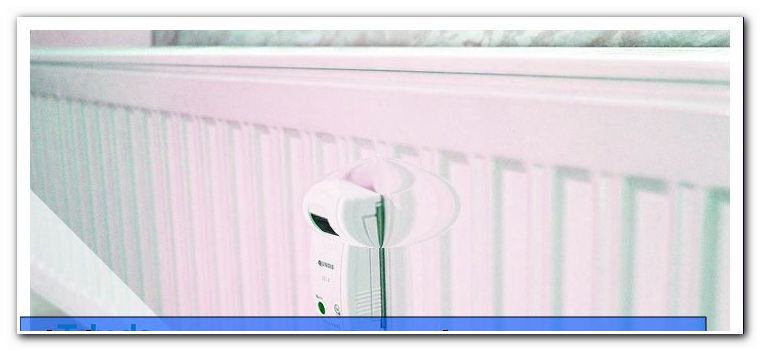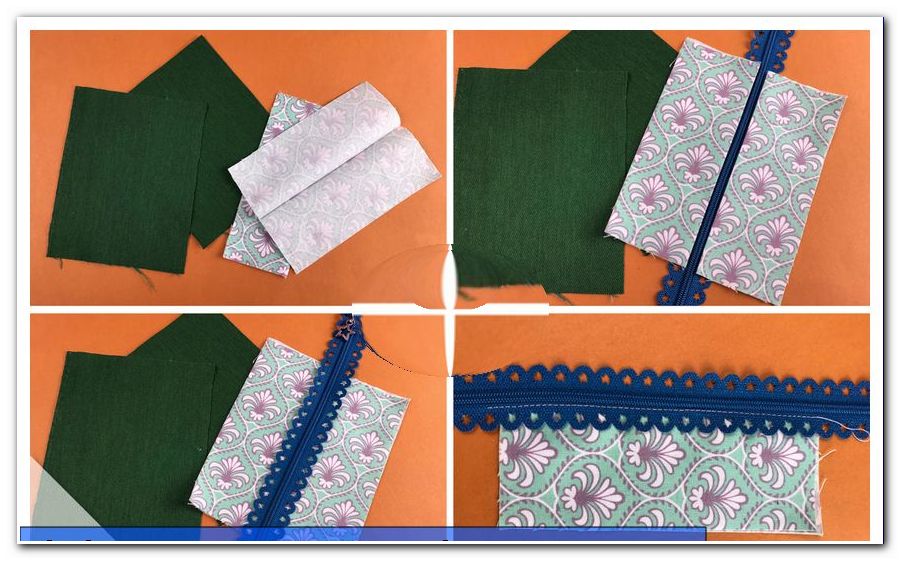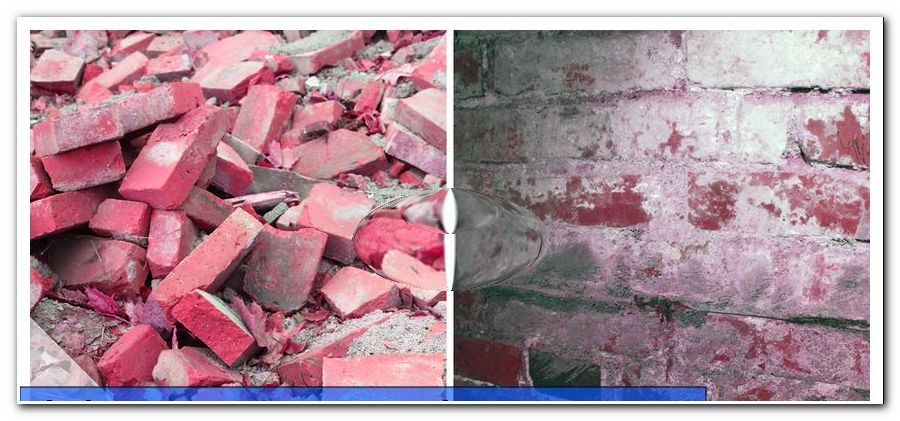Is the coral cactus poisonous? Hints for Rhipsalis cassutha

- coral cactus
- use
- Unproblematic relatives
- Precautions
- Likelihood of confusion: similar, poisonous species
- Euphorbiaceae
- Christmas cactus (Schlumbergera truncata)
The coral cactus (bot. Rhipsalis cassutha) belongs to the Rutenkakteen. Due to its up to 40 centimeters long, hanging shoots, it is very popular as a room and terrarium plant, especially as it is considered very easy to maintain. Further advantages: The atypical cactus has neither spines nor is it poisonous.
Toxicity not finally clarified
It is often said that the coral cactus is poisonous. However, this statement is not correct, because the popular houseplant contains no toxic ingredients. For both humans and animals there is no risk of Rhipsalis cassutha .
However, experts do not completely give the all clear and classify the plant also known as Rutenkaktus as unknown toxic. The reason for this is probably the possibility of confusion with some poisonous succulent species, such as the Christmas cactus or certain wolf milk plants. These but a milky sap, which can cause skin irritation and other mild symptoms of intoxication, which is why it is advised against consumption by children and animals.
However, the coral cactus only stores water in its leaves, which escapes in the event of an injury. Even pets, such as cats, which are known to like to nibble on houseplants, are not endangered according to experts.
coral cactus
The coral cactus has a very unusual growth for cacti. This can be easily explained by its origin, because the originating from the rainforests of South America cactus grows there epiphytic, ie as Aufsitzerpflanze on the high jungle trees. Its up to 40 centimeters long, thin and branched shoots hang down, also affects the whole plant in its habit very dense-bushy. Another advantage is the lack of spines, which are usually found on cactus and cause numerous injuries. Not so with the coral cactus, which is uncorned and therefore does not pose a risk of injury to humans or animals.
use
Rhipsalis cassutha is ideal as a planting plant, but is also very popular with terrarium friends. There it is recommended to plant the hanging growing cactus in the upper third, so that its shoots have enough space for growth and it also comes into its own. A culture in the rainforest terrarium together with typical for the habitat reptiles and amphibians (vivarium) such as snakes, frogs and iguanas, but also tarantulas is not a problem.
Unproblematic relatives
The coral cactus belongs to the family of Rhipsalis or Rutenkakteen, which includes about 40 different species. These leaf cacti are all very similar, typical are the hanging growth and the lack of Bedornung. Also characteristic are the numerous, small and often white flowers in spring, which often produce berry-like fruits until autumn. However, these berries are not edible. All Rhipsalis species are considered non-toxic, which is why a confusion is unproblematic.
In addition to the coral cactus, these related and non-toxic species are often found in culture:

- Rhipsalis baccifera: up to four meters long, roundish shoots
- Rhipsalis burchellii: Purple, up to 60 centimeters long shoots
- Rhipsalis crispata: pale green, up to 60 centimeters long shoots, leaf-like
- Rhipsalis clavata: bell-shaped flowers, branched habit
- Rhipsalis crispimarginata: Up to two meters long shoots
- Rhipsalis elliptica: shrubby drooping shoots, these are rather flat and separated by constrictions
- Rhipsalis pentaptera: rush or cactus, upright, very branched
Precautions
... in animals and small children
Despite its non-toxicity should be dispensed with the consumption of parts of the Rhipsalis cassutha. It is also important to clarify whether it is not a very similar but poisonous milkweed plant. Since many infants and pets like to snack on accessible houseplants, positioning the coral cactus outside its reach makes sense. Since the greenhouse is the best plant to use as a hanging plant, simply hang the plant pot on the ceiling. Make sure, however, that the plant can not be reached by nearby furniture (such as a wardrobe or bookshelf). In particular, cats are resourceful climbers, which is why a free-hanging storage is preferable.
Tip: If you keep free-flying birds, such as budgies, in the apartment, the coral cactus better hangs in a room to which the animals have no access. This not only serves the wellbeing of the feathered friends - who can be injured in a collision with the hanging planter significantly - but also the protection of the plant. Just budgerigars like to nibble on plants, also their feces can damage the cactus.
Likelihood of confusion: similar, poisonous species
As so often in nature, the coral cacti have very similar doppelgangers, some of which are highly poisonous. For this reason, it must always be carefully examined when purchasing whether it is actually a Rhipsalis cassutha (or another type of the Rhipsalis genus) or rather a confusingly similar species other than the coral cactus.
Euphorbiaceae
Particularly problematic in this connection are various wolf milk plants (bot. Euphorbia), which are considered partly as very poisonous. The coral cactus is very similar to the pencil shrub (Euphorbia tirucalli), which is also often cultivated as a houseplant. Its milk juice can cause severe poisoning if only skin or mucous membranes come into contact with it. Under no circumstances may parts of the plant be eaten!

Tip: Despite the external similarity, you can quickly determine whether you have a coral cactus or a poisonous spurge on the windowsill: Put on protective gloves and carefully cut a shoot of the plant. If a milky-white liquid emerges, it is a poisonous euphorbia. However, if the liquid is clear, it is just water and the plant is definitely a non-toxic cactus.
Christmas cactus (Schlumbergera truncata)
Even the popular Christmas cactus is not dangerous, but is classified as only slightly toxic. Nevertheless, children and pets may experience mild signs of poisoning when eating plant parts, such as convulsions, diarrhea and vomiting, and skin irritation from skin contact with leaking sap. You recognize a Christmas cactus by its long, overhanging shoots, whose leaves are wide and flat and the individual limbs clearly separated. The species is very similar to Rhipsalis elliptica, which is considered non-toxic.
These similar species are non-toxic
In addition to poisonous, there are also numerous non-toxic doppelgangers, which are just as unproblematic in a household with children and pets as the coral cactus itself. These include these genera or species:
- Easter cactus (Rhipsalidopsis gaertneri): very similar to the Christmas cactus
- Leaf cacti (Epiphyllum): for example Epiphyllum ackermannii, Epiphyllum hookeri or Epiphyllum strictum




